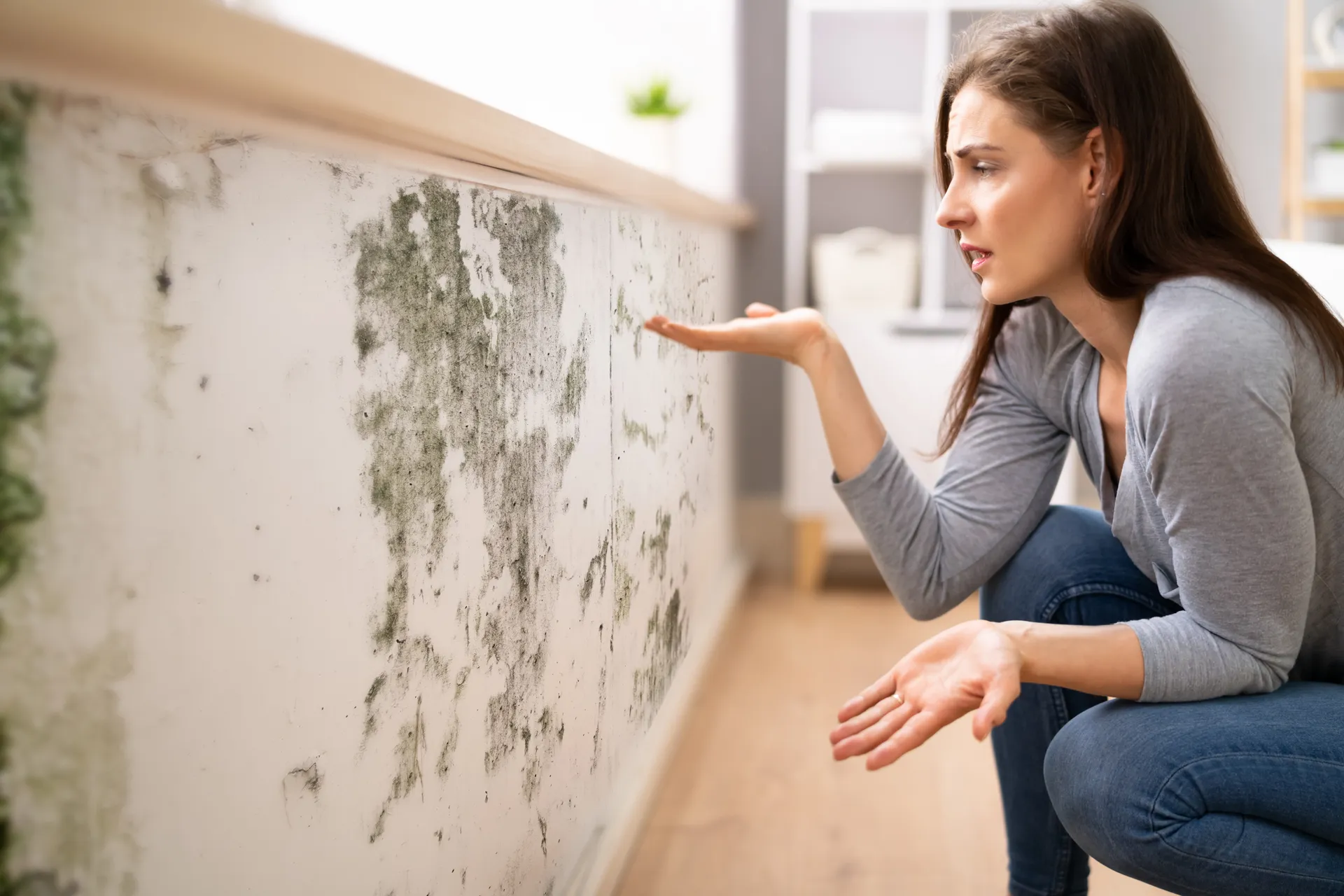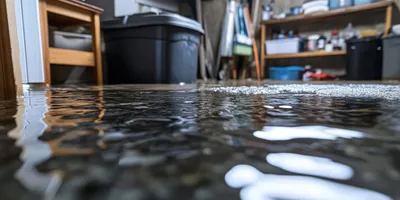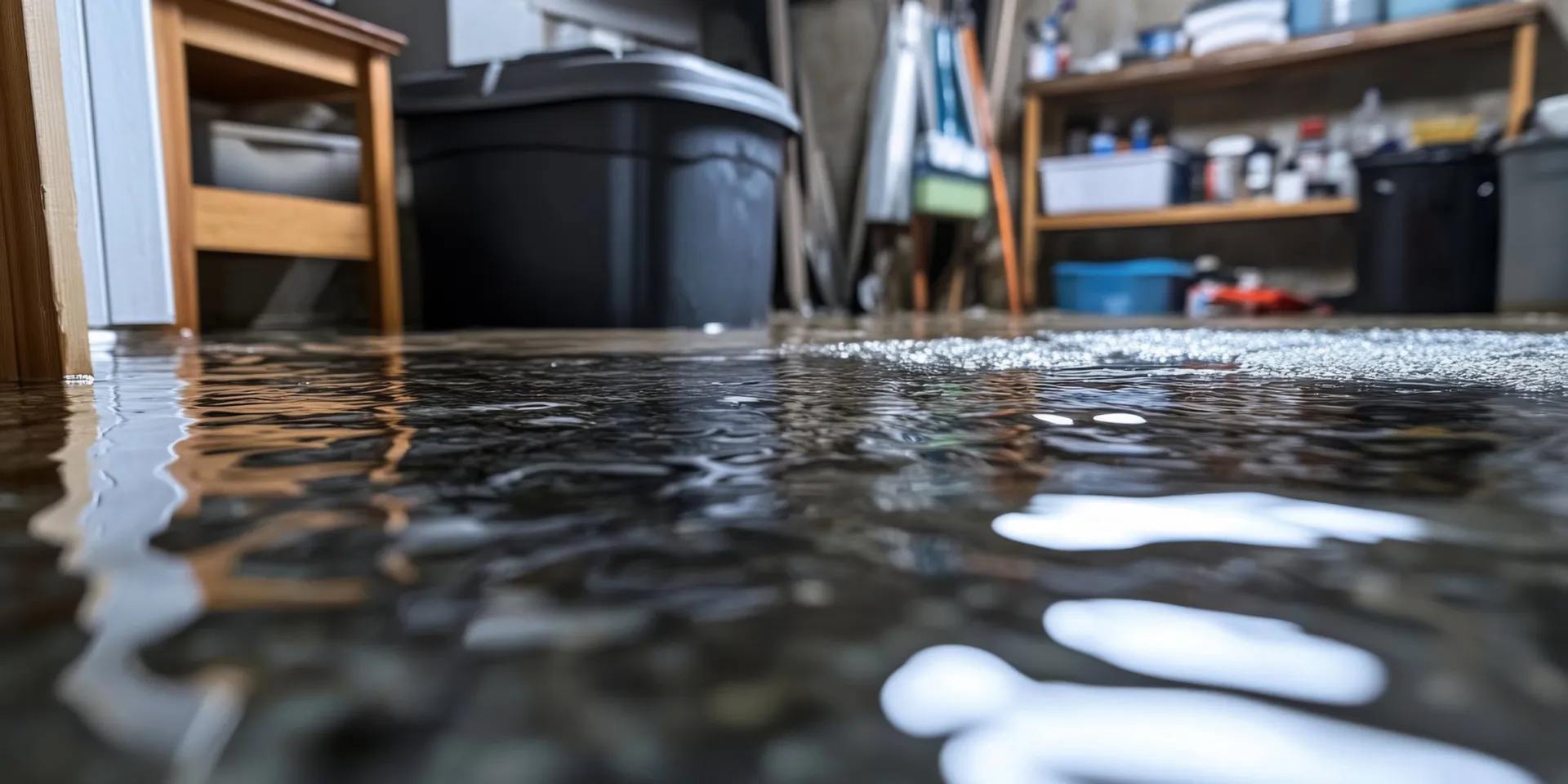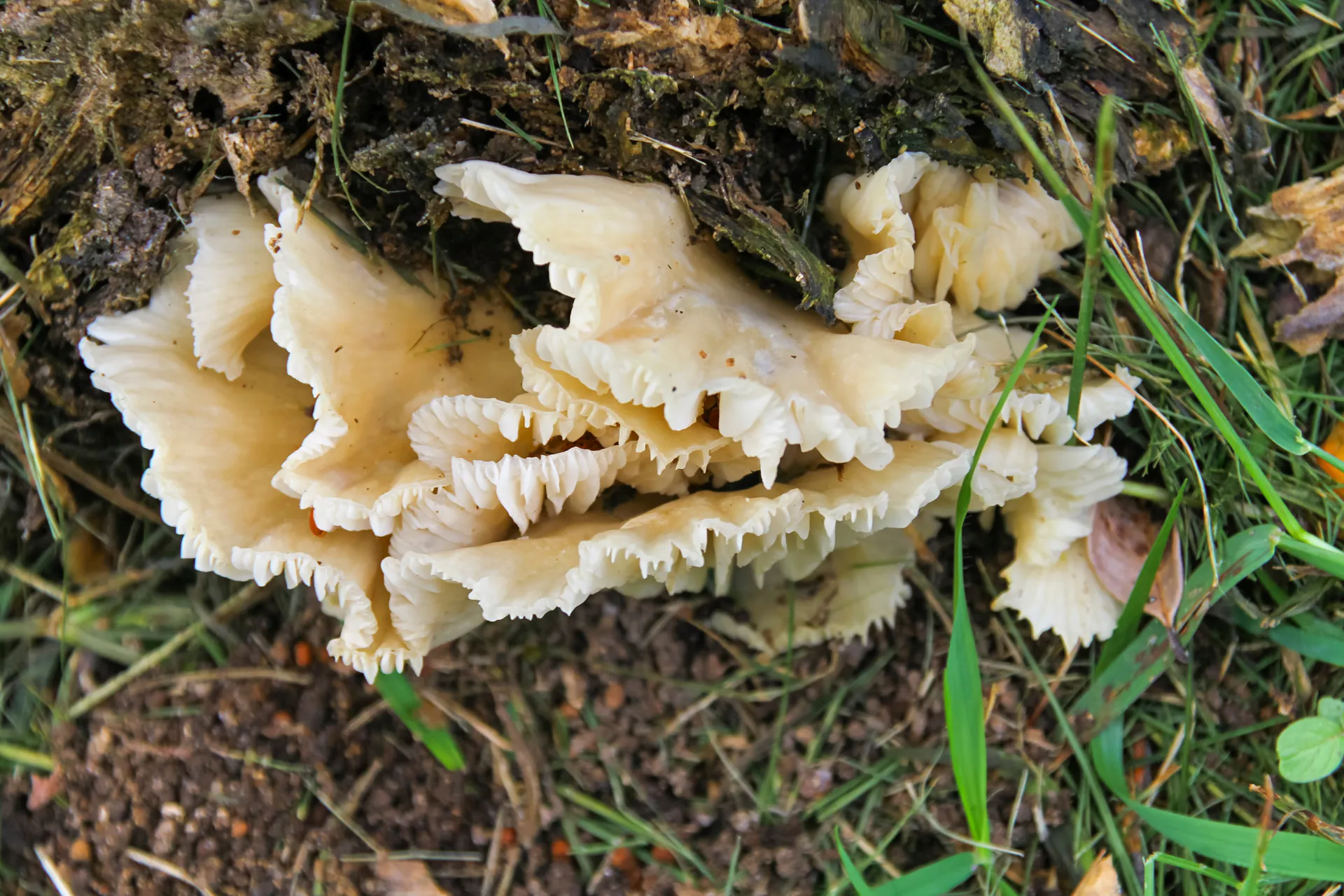Dealing with mould - natural solutions guide

Find out which treatment for mould is best for you and which natural solutions are most effective.
These methods are eco-friendly, non-toxic, and cost-effective, ensuring safety for both your family and the environment.
Understanding Mould and Mildew
Mould is a type of fungus that thrives in damp, warm environments and can cause health issues such as allergies or respiratory problems.
Mildew, while similar, typically refers to the early stages of mould growth or a type of mould specific to flat surfaces. The treatments for both are often interchangeable.
Natural Mould Solutions and Their Efficacy

White Vinegar
• Effectiveness: Kills up to 82% of mould species due to its acetic acid content.
• How to Use: Spray undiluted vinegar on the affected area, let sit for 1 hour, scrub, and rinse.
• Source: Supermarkets.

Baking Soda
• Effectiveness: Removes odours and kills mould while being safe for use around children and pets.
• How to Use: Mix with water to form a paste, apply to mould, scrub, and rinse.
• Source: Grocery stores.

Tea Tree Oil
• Effectiveness: A natural fungicide effective in small quantities.
• How to Use: Mix 1 tsp of tea tree oil with 1 cup of water, spray on mould, leave for an hour, and wipe clean.
• Source: Health food stores or online.

Clove Oil
• Effectiveness: Destroys mould spores but needs time to act.
• How to Use: Mix 1/8 tsp with 500 ml of water, spray, leave for 24 hours, then wipe with a vinegar solution.
• Source: Pharmacies or specialty stores.

Hydrogen Peroxide (3%)
• Effectiveness: Breaks down mould at a cellular level.
• How to Use: Spray directly onto the mould, let sit for 10 minutes, scrub, and rinse.
• Source: Pharmacies.

Essential oils that work on mould
Eucalyptus Oil
Eucalyptus oil is another powerful antifungal agent. It can be used similarly to tea tree oil by mixing it with water and applying it to mouldy surfaces.
Lavender Oil
Lavender oil not only has a pleasant aroma but also possesses antifungal properties that can help in mould removal.
Citrus Oils (Lemon, Orange, Grapefruit)
Citrus oils are effective against various types of mould. They can be used in cleaning solutions to help eliminate mould and leave a fresh scent.
Cinnamon Oil
Cinnamon oil has potent antifungal properties and can be used to combat mould growth. It can be mixed with water and applied to affected areas.
Thyme Oil
Thyme oil contains thymol, which has strong antifungal properties. It can be used in a similar manner to other essential oils for mould removal.
Method
To use these essential oils for cleaning mould, mix a few drops with water in a spray bottle and apply to the affected areas. Allow the solution to sit for a few minutes before scrubbing and wiping clean. Always ensure proper ventilation when using essential oils and wear protective gear to avoid inhaling mould spores.
Steps to prevent and handle mould

Prevention
• Ensure good ventilation by opening windows and using fans.
• Dry clothes outdoors to minimise indoor humidity.
• Use a dehumidifier or air conditioner to control moisture levels.
• Regularly clean and dust surfaces to reduce mould food sources like dust and organic matter.

Dealing with active mould
• Identify and fix moisture sources (leaks, poor drainage).
• Treat with natural solutions such as vinegar or tea tree oil.
• Use protective gear like gloves and masks when cleaning.

Handling dead mould
• After killing mould, clean the area with a solution of vinegar and water to remove dead spores.
• Use a HEPA vacuum to capture airborne mould particles.
Removing mould stains
• Use natural solutions like a paste of baking soda and water or a saltwater soak for fabrics.
• Sunlight exposure can also help lighten mould stains on fabrics and reduce spore viability.
Where to source materials
• Supermarkets: Vinegar, baking soda.
• Health food stores or pharmacies: Tea tree oil, clove oil.
• Online retailers: Specialty products like grapefruit seed extract or high-grade essential oils.

Further reading
Categories:









